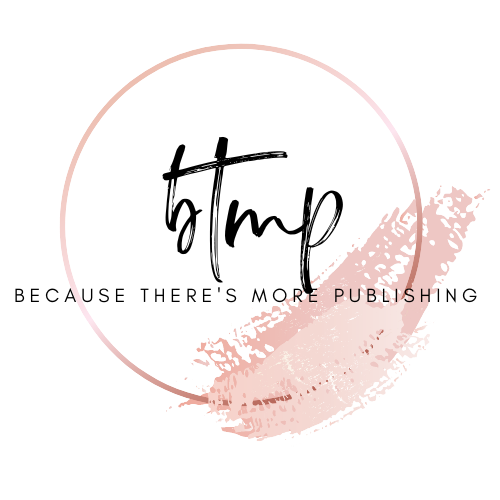Book Outlining Series – Week 3: Develop Your Plot
Book Outlining Series
Week 3: Develop Your Plot
A compelling story doesn’t just happen – it’s built on a strong, intentional plot. In Week 3 of our Book Outlining Series, we’re diving into the heart of storytelling: how to develop a plot that draws readers in and keeps them turning the pages.
Whether you’re writing fiction, memoir, or even a message-driven nonfiction book, understanding how to structure your story is essential to maintaining momentum and making an impact.
The Purpose of Plot
Your plot is the roadmap of your story. It guides your characters, shapes your message, and provides structure from beginning to end. A well-developed plot not only entertains but also communicates meaning. It gives your book a sense of direction and helps readers stay emotionally invested in the journey.
So where do you begin?
The Three Core Parts of a Strong Plot
Beginning: Capture Attention Early
The beginning of your book should immediately pull the reader in. It sets the tone, introduces the main character(s), and gives readers a glimpse of what’s at stake. Strong openings often include a moment of change, conflict, or curiosity—something that hooks your audience and compels them to keep reading.
Ask yourself:
- What’s the inciting incident that starts the story?
- What does my main character want or need?
- How can I create early tension or mystery?
Middle: Build Tension and Develop the Journey
The middle of your book is where the bulk of the story unfolds. This is the space for growth, conflict, and rising stakes. The characters face challenges that test their beliefs, reveal their weaknesses, and push them toward transformation.
This is often where writers struggle the most, but with the right planning, it can become the most engaging part of your story.
Consider:
- What obstacles stand in your character’s way?
- How do relationships change and evolve?
- Are you building momentum toward a major turning point?
End: Provide a Satisfying Resolution
The ending brings your story full circle. Whether it concludes on a hopeful note, with a twist, or leaves some questions open, it should offer a sense of resolution or growth. It’s also where your book’s message or theme becomes most clear.
Ask yourself:
- Has your character changed or grown?
- Are the main questions or conflicts resolved?
- What emotional impact do you want to leave with your reader?
Time-Tested Story Structures
If you’re not sure how to shape your plot, consider using a classic storytelling framework. Two of the most popular are:
The 3-Act Structure:
- Act 1: Setup – Introduce characters and the central conflict
- Act 2: Confrontation – The character faces obstacles and deepens the conflict
- Act 3: Resolution – The climax leads to a final outcome or transformation
The Hero’s Journey:
This model outlines a character’s journey from the ordinary world to a transformative adventure and back again. It’s particularly powerful for stories that involve spiritual growth, personal development, or faith-based transformation.
In summary, a solid plot is the foundation of every great book. Whether you’re outlining a novel, a memoir, or a message-driven nonfiction work, planning your beginning, middle, and end with care will help you stay focused and purposeful in your writing.
As you develop your plot, remember that your story matters – and when it’s built with intention, it has the power to move hearts and minds.
Stay tuned for Week 4: Flesh Out Your Characters
Book Outlining Series – Develop Your Plot
In Week 3 of our Book Outlining Series, we’re diving into the heart of storytelling:...
Read MoreBook Outlining Series – Choose Your Outline Structure
Struggling to organize your book? In Week 2 of our Book Outlining Series – Choose...
Read MoreBook Outlining Series – Define Your Goals
Start your book with a clear purpose! In Week 1 of our Book Outlining Series...
Read More
